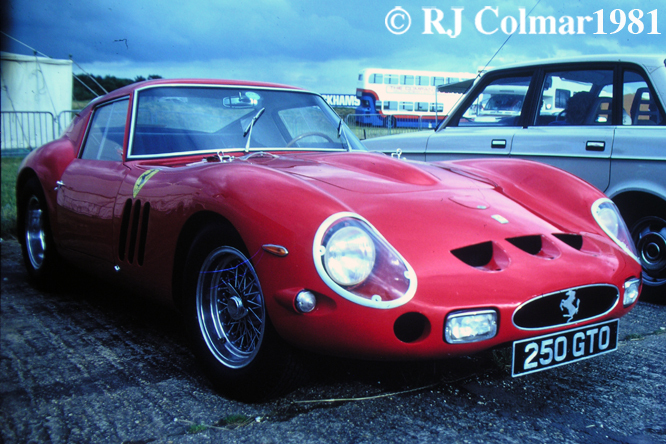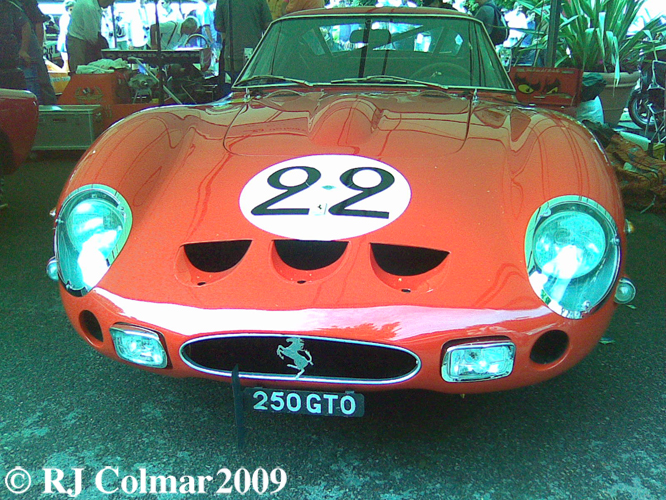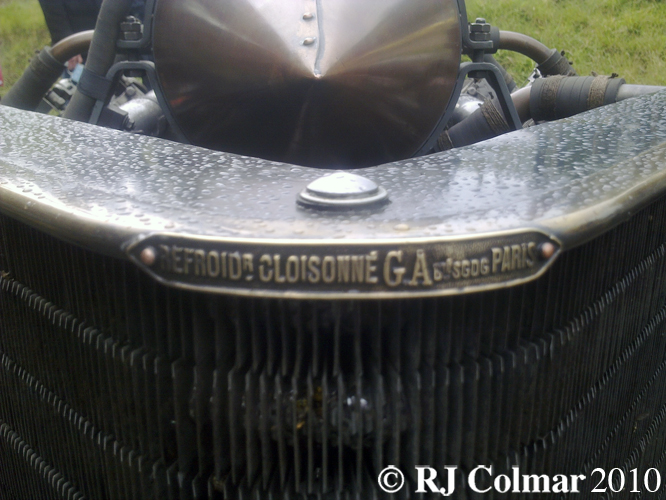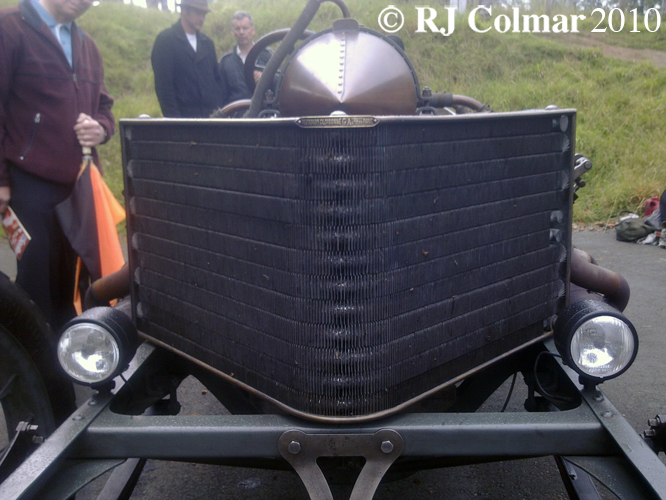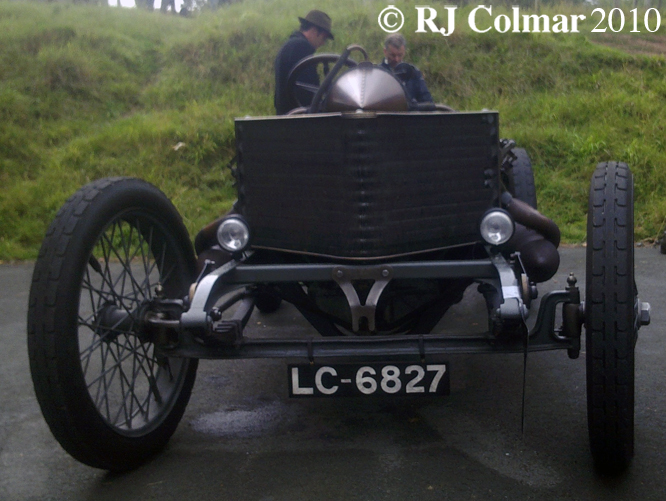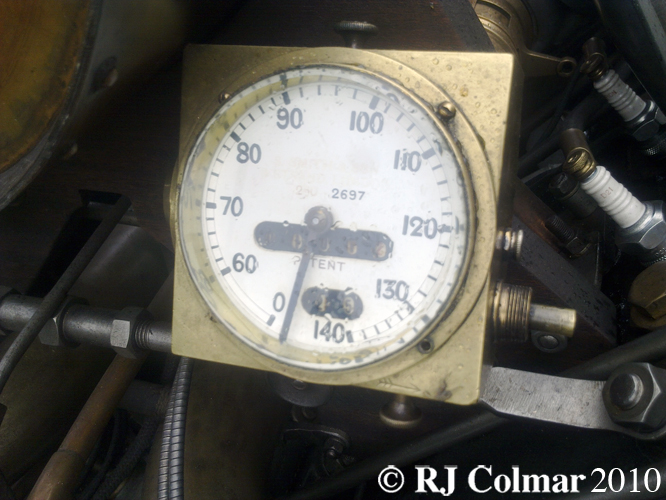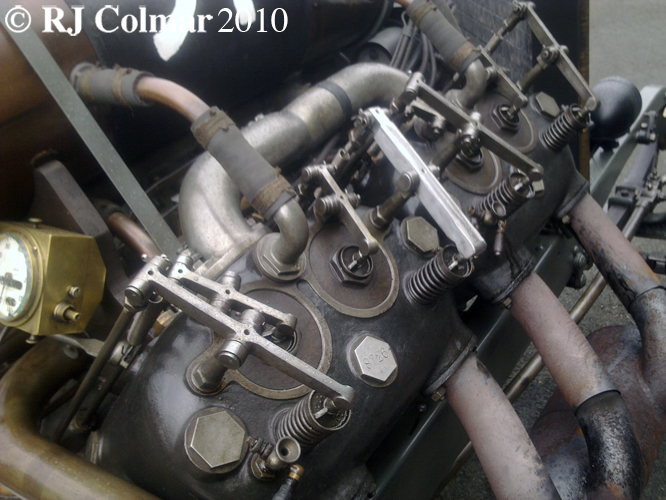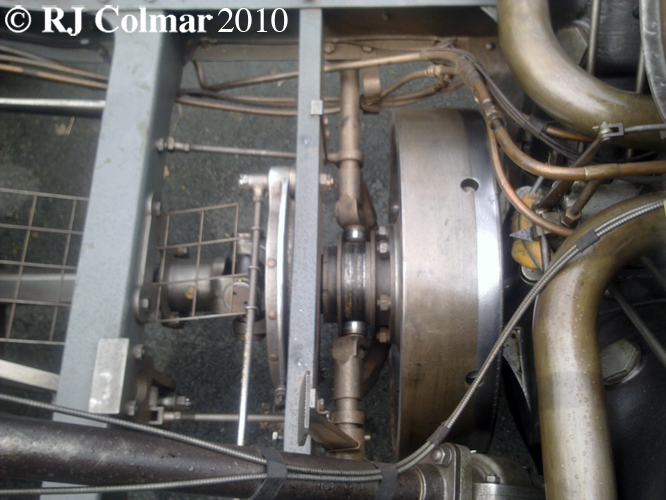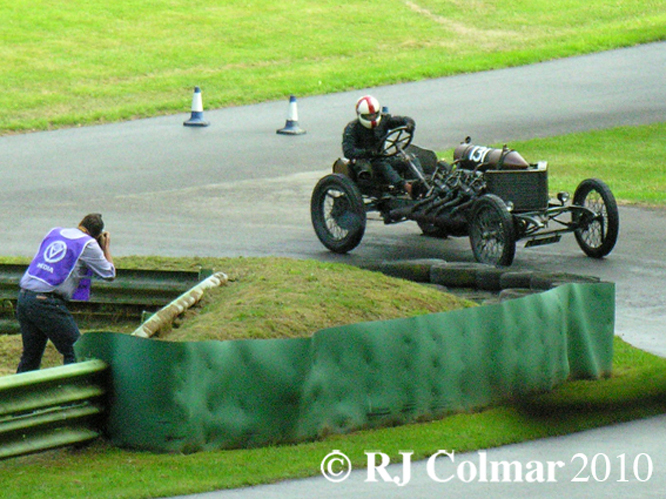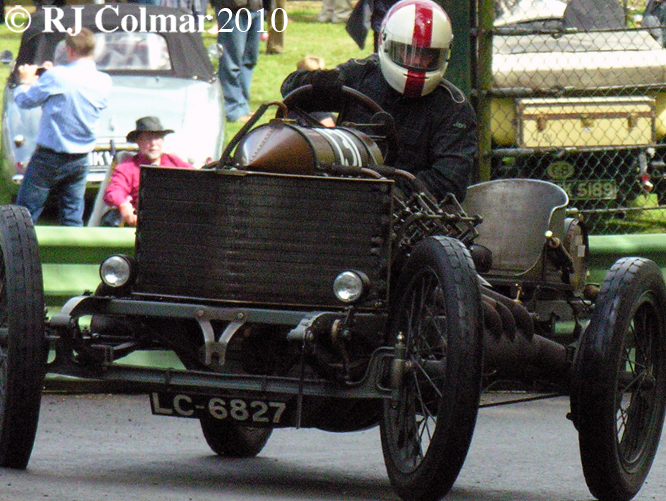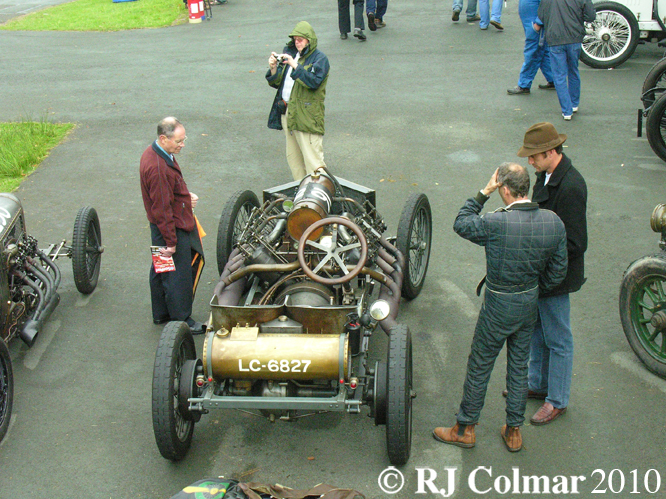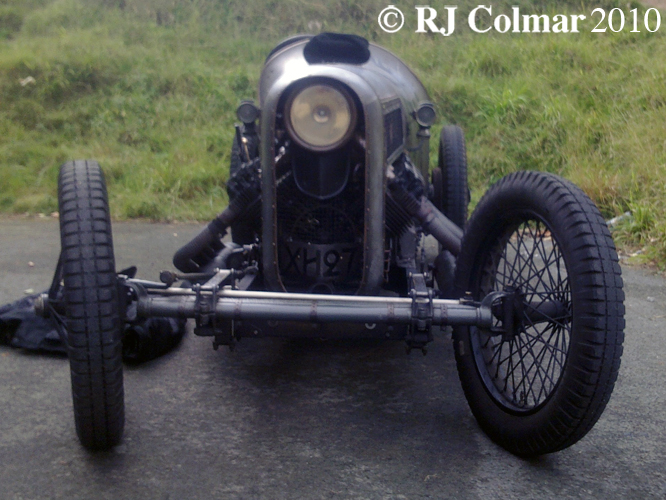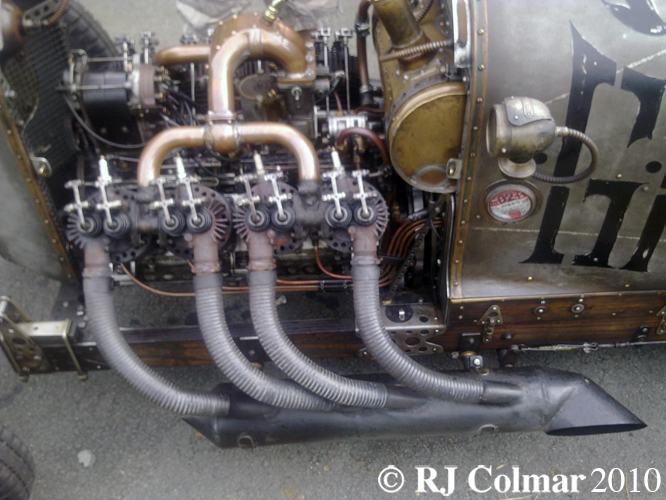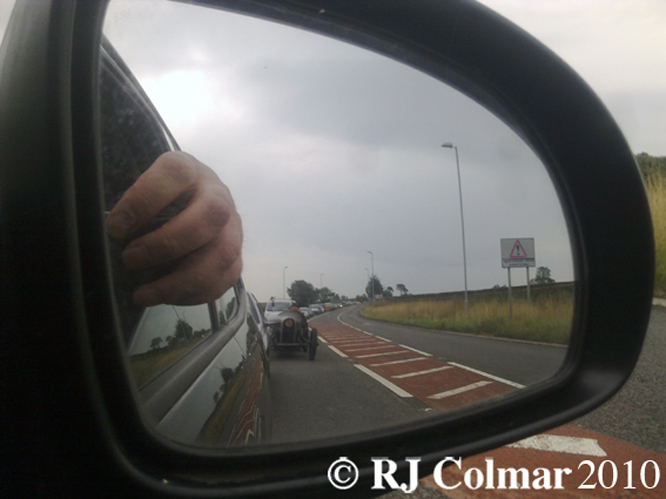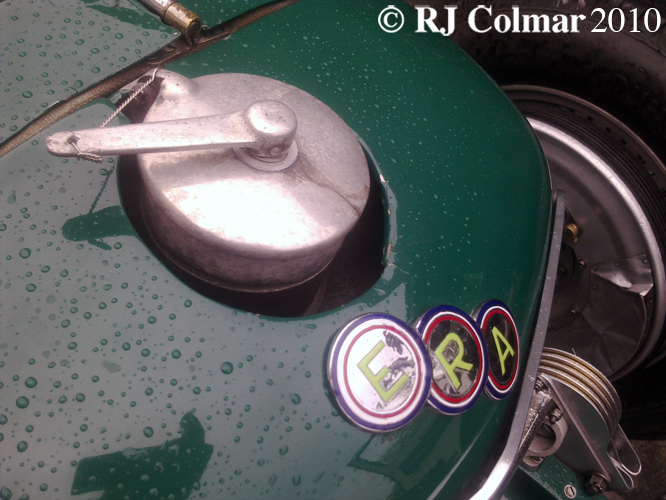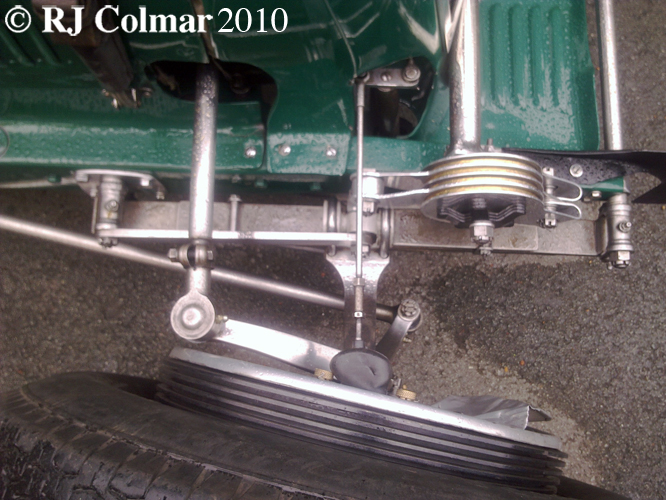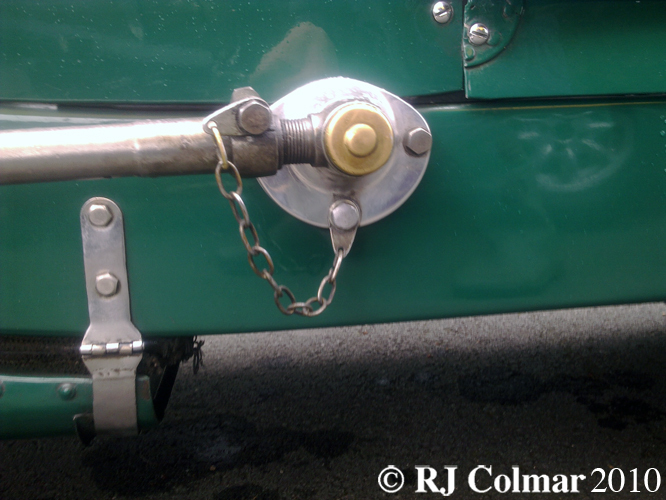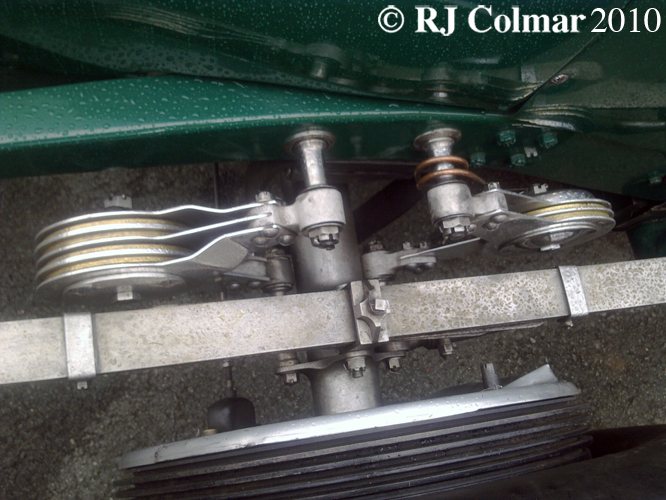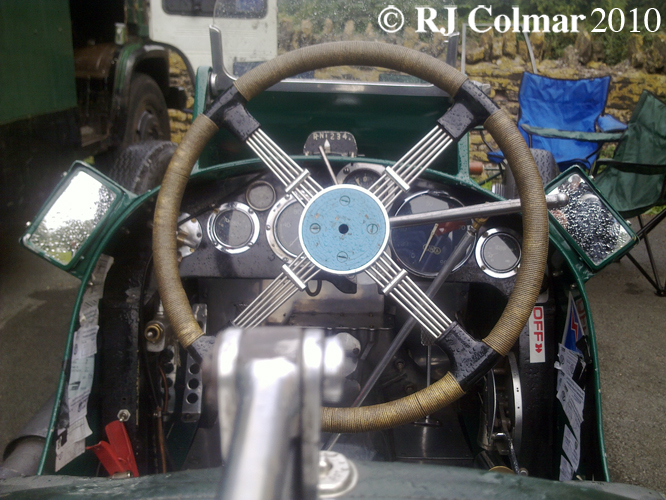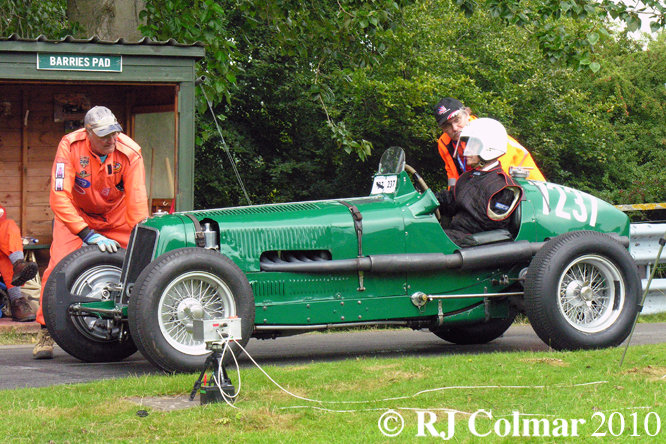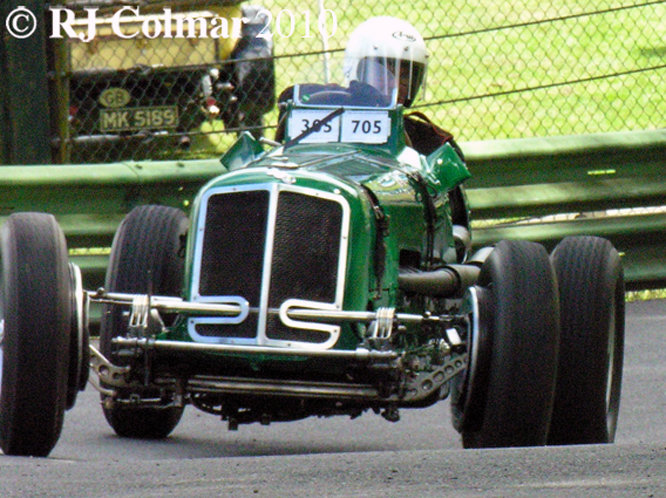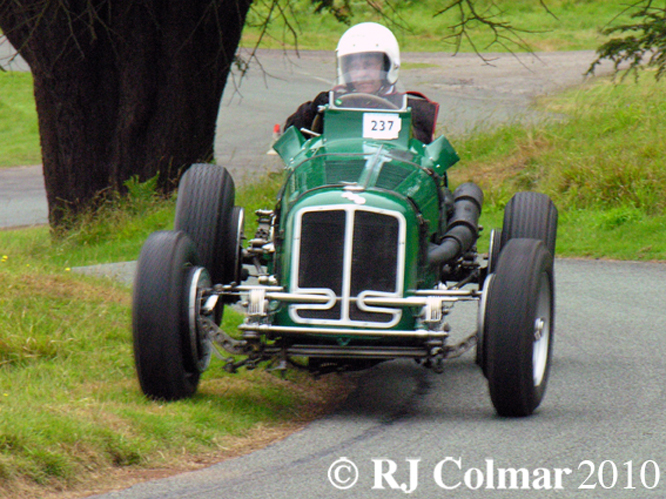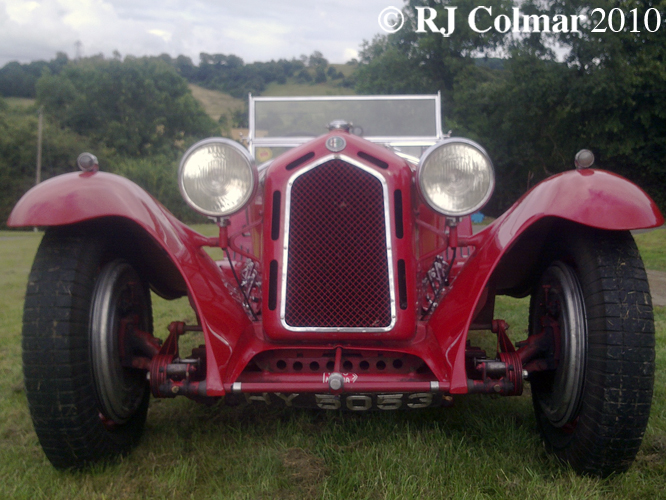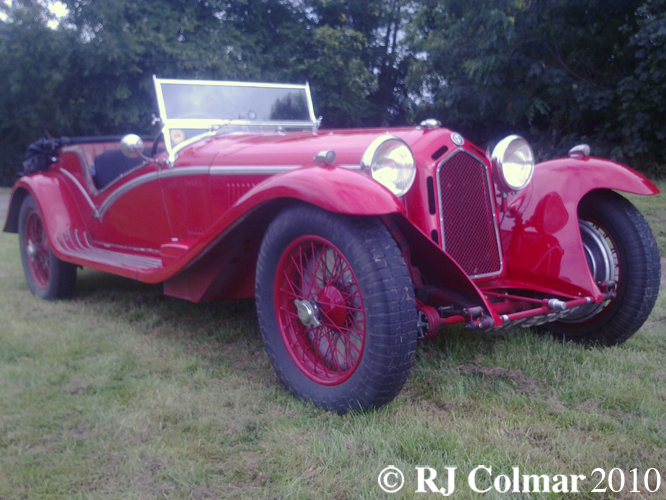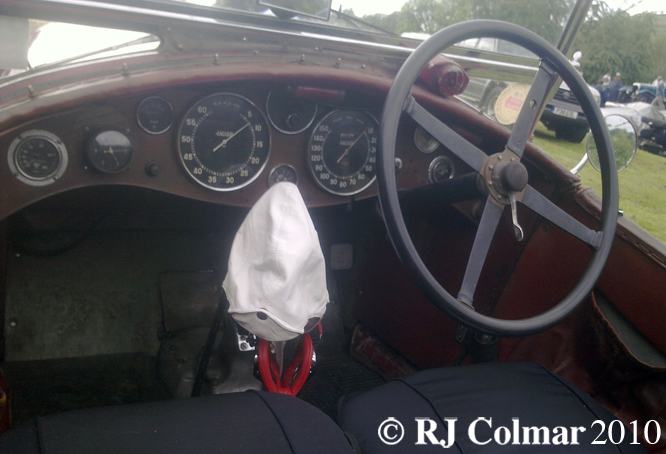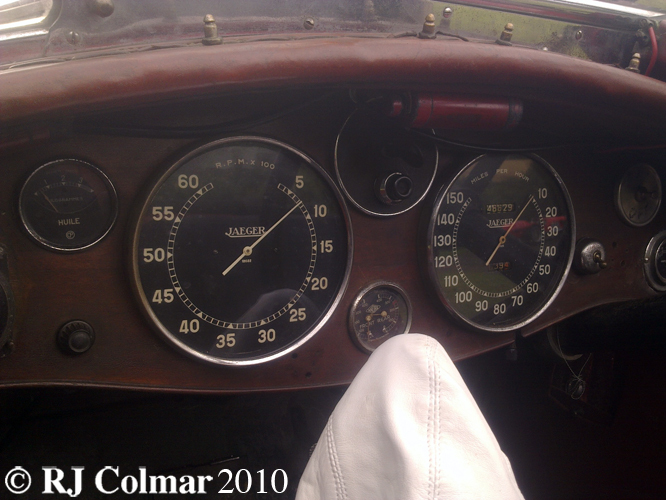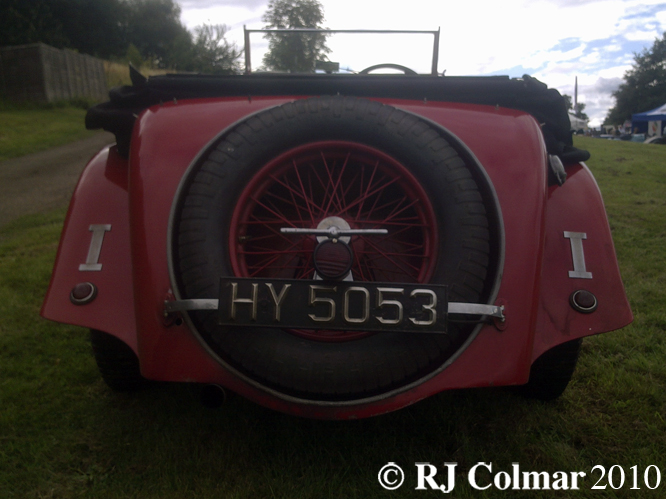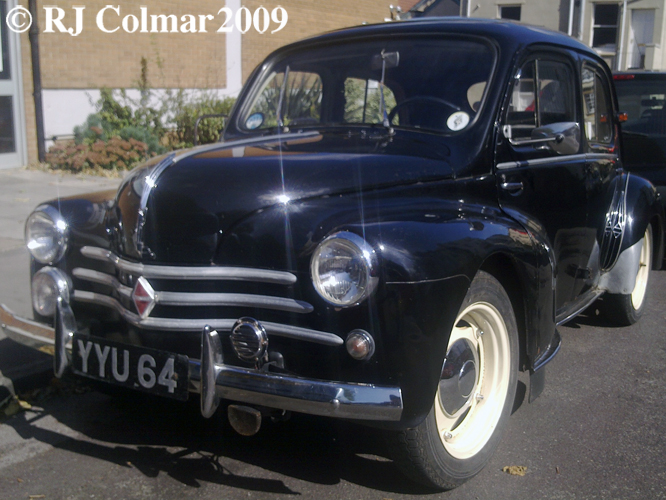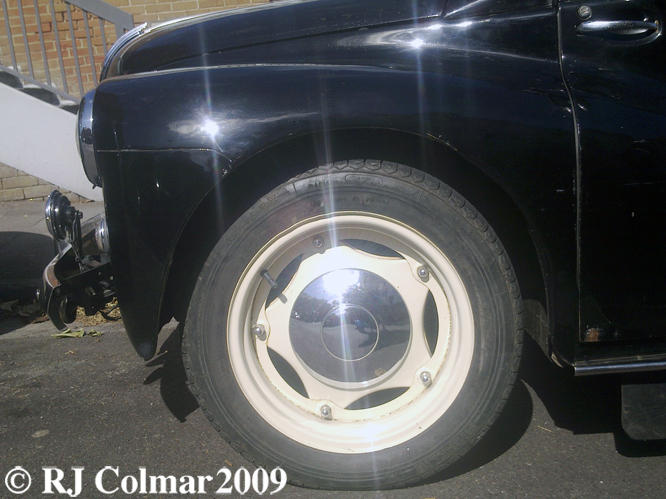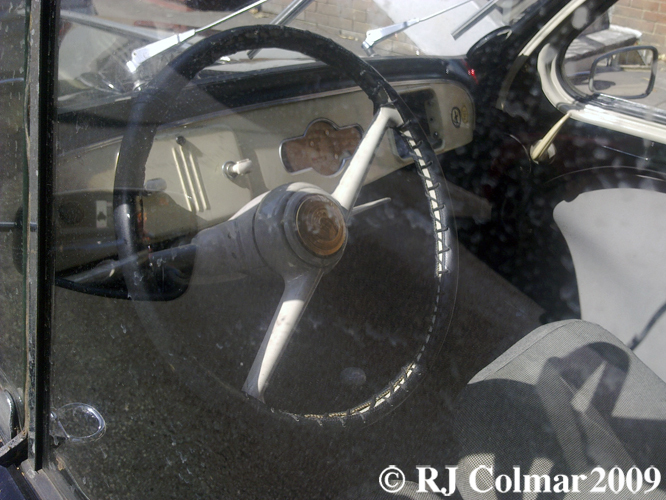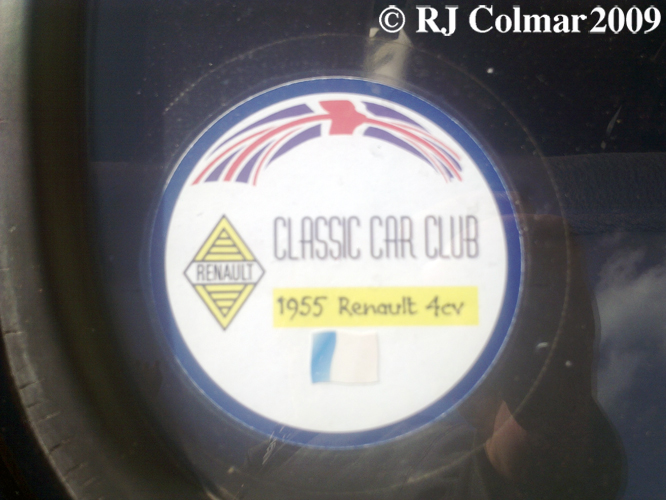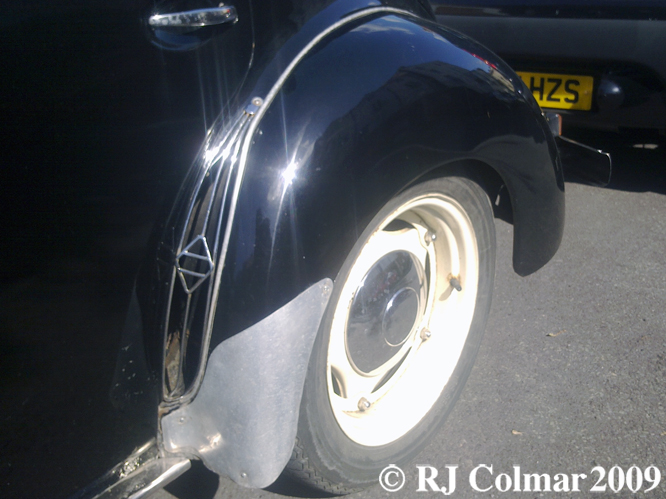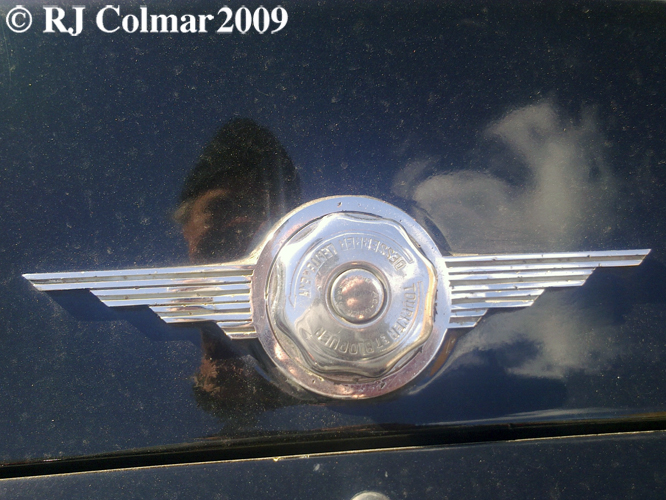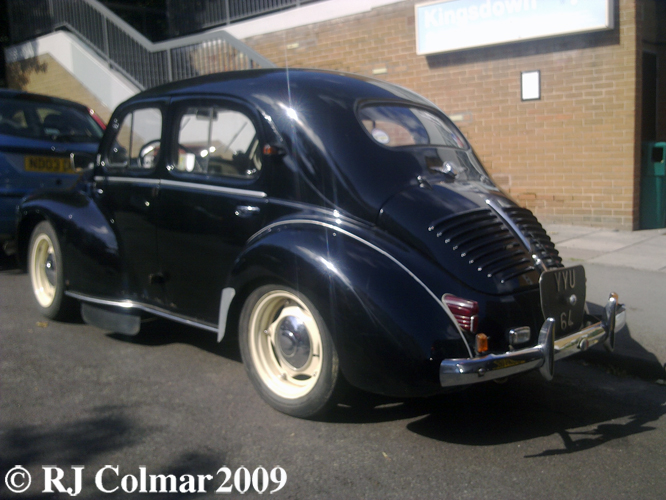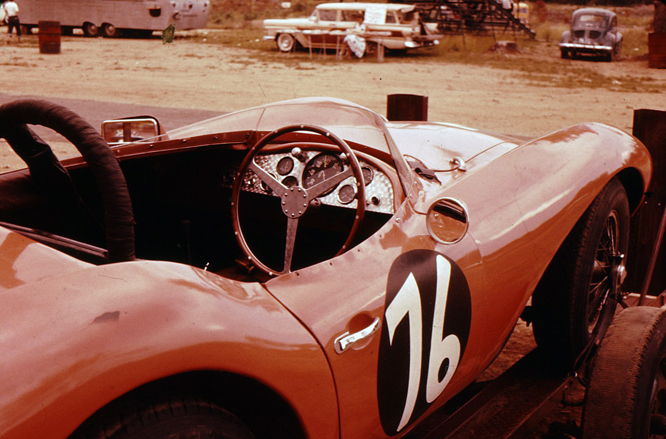The first time I saw one of these, reg no: 5 RU #3869 GT belonging to Dave Clarke formerly of the Dave Clark Five, was on a fabulous summer afternoon in the car park of the Hotel opposite school I must have spent a good hour sitting on a wall leering at it longingly.
This particular example, third overall in the 1962 Le Mans 24 hours and winner of the Spa 500 kms race in 1963, has been the property of Nick Mason since the late 1970’s.
Allegedly one frosty morning this vehicle was the only one of his fleet that would start and so Nick ended up taking his kids to school in it, the rumour is that his kids never wanted to be driven to school in anything other than the 250 GTO thereafter which must qualify this car for the title worlds fastest mini van.
I did not know much about it until acquaintances on The Nostalgia Forum put me right some months ago. Ironically I have Nick Masons autograph from that day in my 1981 British Grand Prix programme.
Hope you have enjoyed todays edition of ‘Gettin’ a lil’ psycho on tyres’ from the Dark Side of the Moon and hope you’ll join me again tomorrow for the first of my 12 vehicles of Chritmas series of blogs.
Slightly off topic I read this seasonal story yesterday and humbly recommend it to all.
With Seasons Greetings and best wishes for the New Year to everyone who has played apart in ‘Gettin’ a lil’ psycho on tyres’ no matter how great or small, thanks for being there to celebrate with.
PS 30 12 10 just found the photo above of #3757 taken at Goodwood Festival of Speed.

